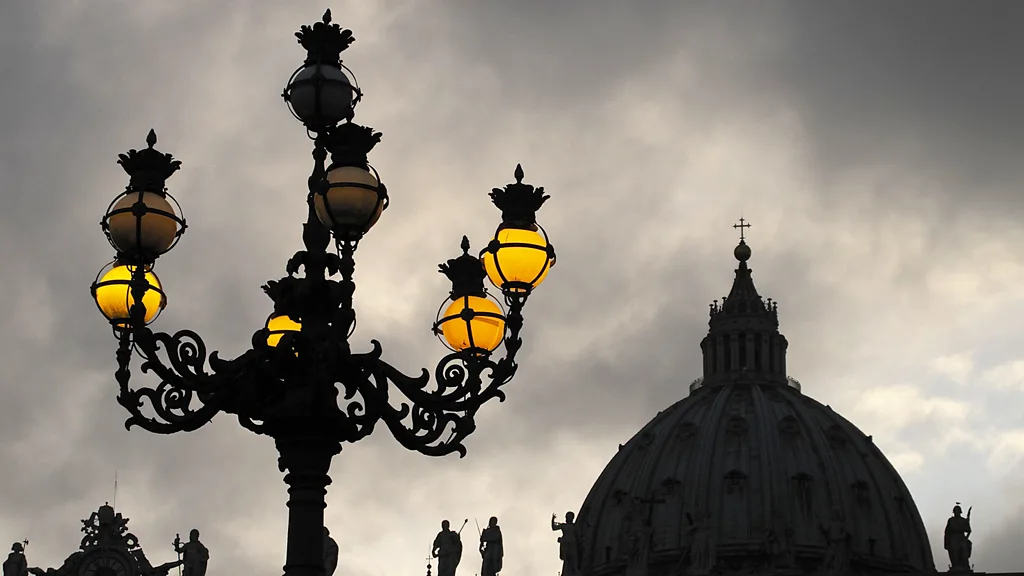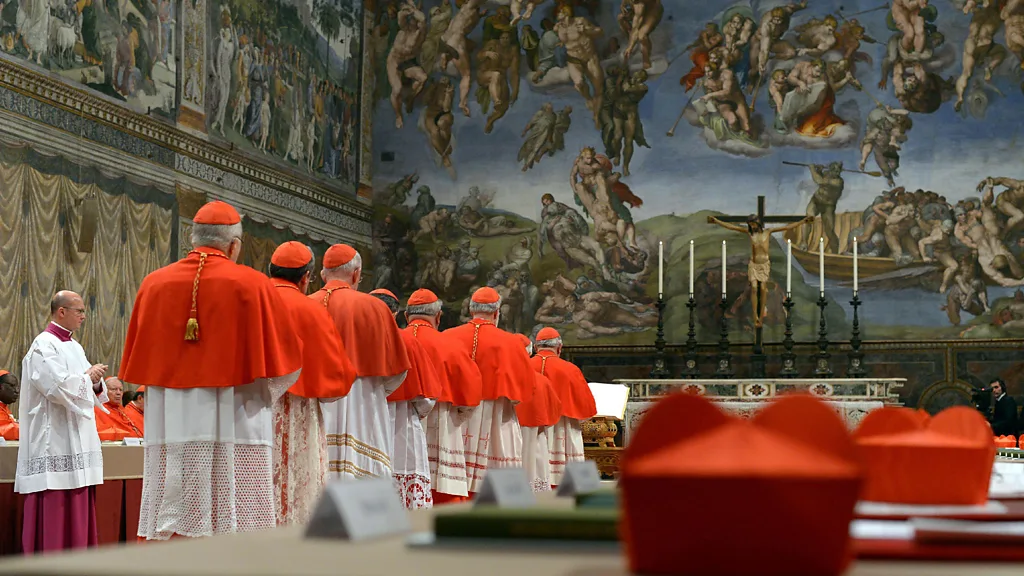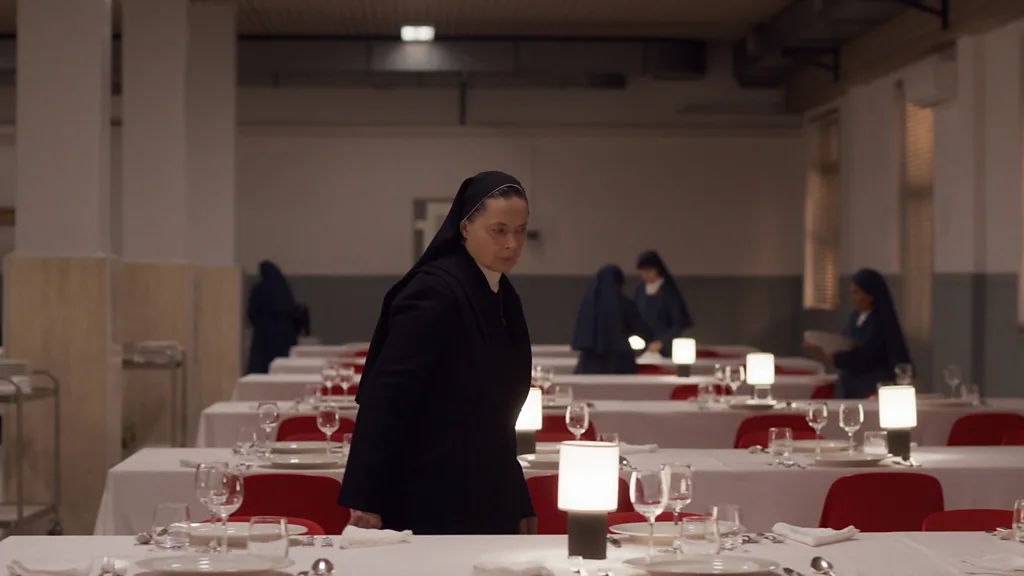For over 750 years, secrecy and ritual have shaped the world’s most mysterious election — the papal conclave.
While most eyes focus on the Sistine Chapel’s chimney for a puff of white smoke, few consider what the cardinal-electors are eating behind those sealed Vatican doors. But food — both its preparation and consumption — plays a critical and symbolic role in the process of electing a pope.
As the 7 May conclave approaches, Rome’s restaurants are seeing an influx of red-robed diners. Before the 2013 papal election, popular spots like Al Passetto di Borgo, just steps from St. Peter’s Basilica, became unofficial conclave canteens. There, Cardinal Donald Wuerl was known for his lasagna, while Francesco Coccopalmerio preferred grilled squid. But these public meals are a temporary luxury. Once sequestered, cardinals enter a world of strict rules, spiritual reflection, and food under surveillance.

The conclave process is defined by extreme confidentiality: no phones, no contact, and no leaks — except for the ancient smoke signals. But with food being delivered daily, it presents a potential breach point. Historically, there have been fears of messages hidden in ravioli or smuggled out via a stained napkin. To prevent such risks, Vatican protocols evolved: pies are banned, whole chickens are forbidden, and even napkins are inspected. Everything — from soup to wine — is served in clear containers, under the watchful eyes of Italian and Swiss guards.
This discipline traces back to 1274, when Pope Gregory X, after a nearly three-year papal deadlock, instituted reforms to speed up the process. Cardinals were locked in, their food rationed until consensus was reached. Over time, popes like Clement VI eased the menu to include three courses — but the secrecy remained.
Much of what we know comes from Bartolomeo Scappi, the Renaissance’s most renowned chef. Serving popes in the 16th century, his book Opera Dell’Arte del Cucinare provides rare insight into conclave cuisine. Meals, he wrote, were passed through a secure turntable — the ruota — and inspected rigorously. Guards were posted in kitchens, and every ingredient was vetted.

Today, cardinals stay at the Domus Sanctae Marthae, and meals are simpler but still symbolic. Nuns prepare modest Lazio and Abruzzo dishes: minestrone, arrosticini, and boiled vegetables — a nod to Pope Francis’ vision of humility and transparency. The contrast between hearty Renaissance feasts and today’s plain broths is intentional. Modern conclaves reflect a Church cautious of both perception and infiltration — not by hidden notes in food, but by hidden devices and digital espionage.
Recent films like Conclave (2024) dramatize these concerns, portraying food scenes as hotbeds of silent strategy and coded behavior. While the film blends fiction with fact, it accurately captures one truth: even in silence, food speaks volumes. What the cardinals eat, how they eat, and who they eat with can carry as much weight as any whispered prayer.

As Rome braces for another historic decision, its cardinals prepare in their own quiet way — with one last favourite dish, and perhaps, a silent thought: could this be their final meal before becoming pope?

